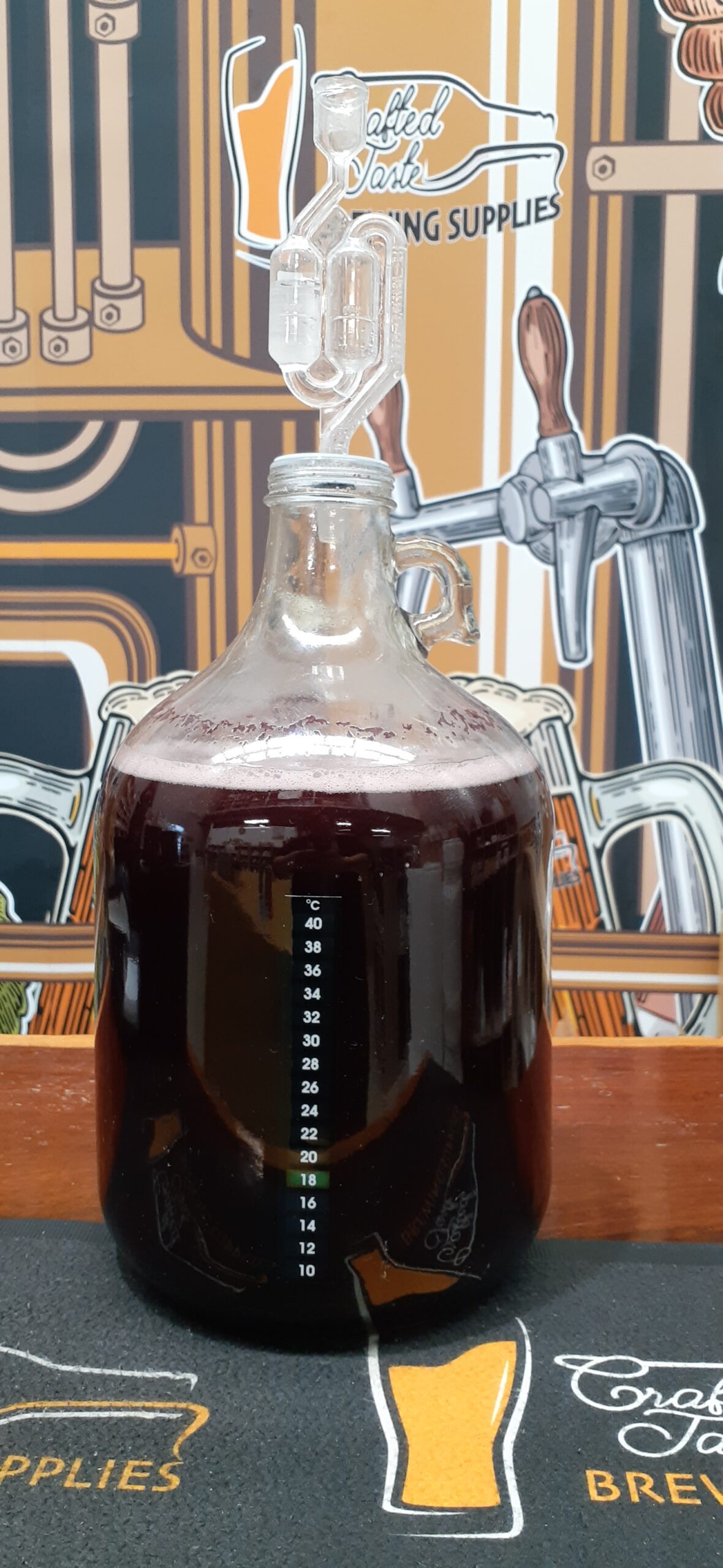
Making your own wine at home
Making wine from grape juice is a fun and interesting project. I’m going to walk you through a safe and reliable method of making fresh, wholesome wine from supermarket grape juice. The recipe provided uses no special equipment, chemicals, or artificial additives. The key to making wine at home is using clean and sanitized equipment, otherwise you could allow bacteria into your wine. The best grape juice to make wine is a preservative-free juice with no additional ingredients, including sugar. Your grape juice should be kept at room temperature, not in the fridge.
What you will need
- One 5-litre glass demijohn
- One pouring funnel
- 4 litres of juice with no preservatives or added sugar
- 1kg of dextrose (Dextrose is used instead of table sugar to give a cleaner flavour)
- One sachet of wine yeast
- A hydrometer and measuring cylinder
- Food grade sanitizer
NOTE: It is very important that you do not use any other kind of yeast. A hydrometer takes the guess work out of winemaking and it’s one of the most important pieces of equipment you’ll need. Ensure your equipment is thoroughly sterilized with food grade sanitizer.
Why do I need to sanitize?
Sanitizing all the equipment you use is just about the most important thing when making any wine, beer or cider. Unwanted bacteria will spoil your brew and risk all your ingredients, hopes and dreams going to waste. Sanitizers are easy to use, and you soon get into the habit of doing it, whatever you are making.
Transfer the juice to a fermenter
Pour 2 litres of the juice into the sanitized 5litre demijohn with a lid/bung, that has a built-in hole for an airlock. Add the dextrose and shake until dissolved, then pour the remaining 2 litres of juice in.
Place some of the liquid into the measuring cylinder. Once your sample is ready, the next step is to carefully place the hydrometer into the liquid. Take note of the number, if it is around the1.100 it will end up being approx. 14% ABV. Formula to work this out is noted below.
It’s advisable not to return your wine sample back into the bottle afterwards as you risk contamination.
Add yeast sachet
Place the lid/ bung in with the airlock in place (don’t forget to add the water to the airlock)
FERMENTING
With in a couple of days you will see and hear the bubbling of the airlock
Allow to ferment for 10 to 14 days or when bubbling ceases, if the weather is cooler it will take longer.
Place some of the liquid into the measuring cylinder. Once your sample is ready, the next step is to carefully place the hydrometer into the liquid. Take note of the number, to be sure check the next day and if the number is the same as the previous it is ready to cold crash or rack.
COLD CRASHING
When the fermenting has stopped, and you have taken a hydrometer reading for 2 consecutive that was the same reading. Place the demijohn in the fridge (not the freezer!) and leave it for about three days. The cold temperature will help the yeast settle to the bottom of the bottle.
After three days have passed, line up enough empty sanitized bottles to hold the wine. Very, very carefully, so as not to disturb the sediment, pour the wine into the empty bottles using the funnel.
OR
RACKING & FILTERING
Give the wine plenty of time to clear up before racking it. Use some sanitized cheesecloth or a coffee filter in the funnel to run the wine over to catch any sediment, whilst transferring to a secondary vessel/bottles. Being very careful not to disturb the sediment.
